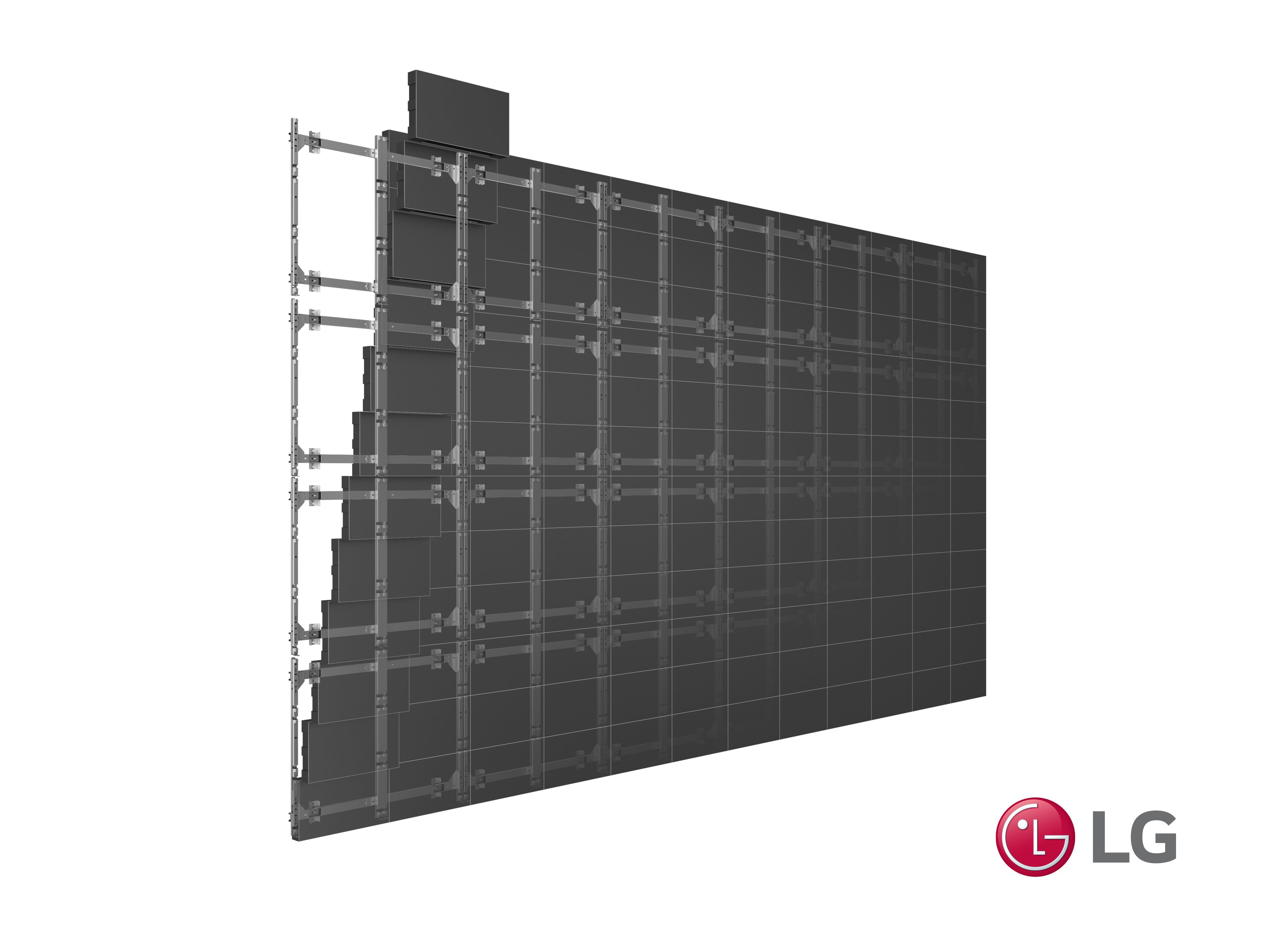Mastering Color Precision in LED Wall Adjustment for Stunning Graphic Displays
Mastering Color Precision in LED Wall Adjustment for Stunning Graphic Displays
Blog Article
Color precision is crucial for producing breathtaking graphic displays, particularly when employing LED screens. These massive displays are frequently found in locations like music venues, sports arenas, and advertising billboards. When the hues on an LED screen are not correct, the images can look flat or warped, which can impact the total experience for viewers. Therefore, mastering color precision in LED screen tuning is vital for attaining vibrant and true-to-life visuals.
The initial step in ensuring color accuracy is understanding how LED technology works. LEDs, or light-emitting diodes, produce light in various colors by mixing red, green, and blue (RGB) light. Each pixel on an LED wall consists of these three hues. When tuned correctly, the mix of RGB can produce a broad range of colors. However, if one color is too bright or too dim, it can throw off the entire display. This is why calibration is necessary to equalize the hues and reach the desired visual effect.
Calibration involves adjusting the settings of the LED screen to ensure that the colors shown match the initial material as nearby as feasible. This procedure typically involves using specialized software and hardware instruments. Technicians frequently use color measurement devices, such as color meters, to analyze the hues being shown. By contrasting the measured hues to standard color standards, they can make precise modifications. This guarantees that the colors are not only lively but also consistent across the entire display.
Another important factor of color accuracy is comprehending the environment in which the LED screen is employed. Factors such as surrounding light can significantly affect how colors appear. For example, a well-lit lit room may wash Full Report out hues, making them look less lively. To counteract this, technicians may modify the brightness and differentiation settings of the LED screen. Additionally, they may choose particular color profiles that are more suited for various lighting conditions. This flexibility helps maintain color precision regardless of the observing environment.
Ultimately, routine maintenance and re-tuning are essential for maintaining an LED wall looking its finest. Over time, the functionality of LEDs can change due to elements like degradation and temperature fluctuations. Frequent inspections and adjustments can help ensure that the hues remain accurate and lively. By committing time in proper calibration and upkeep, venues can offer audiences with breathtaking graphic displays that enhance their total experience. Mastering color precision in LED wall calibration is not just a mechanical task; it is an art that adds to the magic of graphic narration.